Arizona Trail Backpacking: Passage 40 – Kaibab Plateau South
AZT Day 6, Part 1
Trans-Arizona/Utah Day 13, Part 1
Day 6 thruhiking the Arizona Trail begins, chronicling backpacking Passage 40 from Upper Tater Canyon to East Rim Overlook. Hiking south from the overlook leads through more aspen foliage toward a brief detour to the North Rim Country Store.
In the land of Arizona
Through desert heat or snow
Winds a trail for folks to follow
From Utah to Old Mexico
It’s the Arizona Trail
A pathway through the great Southwest
A diverse track through wood and stone
Your spirit it will test
Oh, sure you’ll sweat and blister
You’ll feel the miles every day
You’ll shiver at the loneliness
Your feet and seat will pay
But you’ll see moonlight on the borderlands
You’ll see stars on the Mogollon
You’ll feel the warmth of winter sun
And be thrilled straight through to bone
The aches and pains will fade away
You’ll feel renewed and whole
You’ll never be the same again
With Arizona in your soul
Along the Arizona Trail
A reverence and peace you’ll know
Through deserts, canyons, and mountains
From Utah to Old Mexico
-“The Arizona Trail,” Dale R. Shewalter
I’m on the trail early, hiking away from Upper Tater Canyon, and south toward the northern boundary of Grand Canyon National Park on my thruhike of the Arizona Trail. As I noted in an earlier entry, one of the perils of combining being a seasonal ranger and thruhiking in the offseason (or shoulder seasons) is that one must make oneself available for interviews in sometimes inconvenient times or places. I owe a park a return call at some point today.
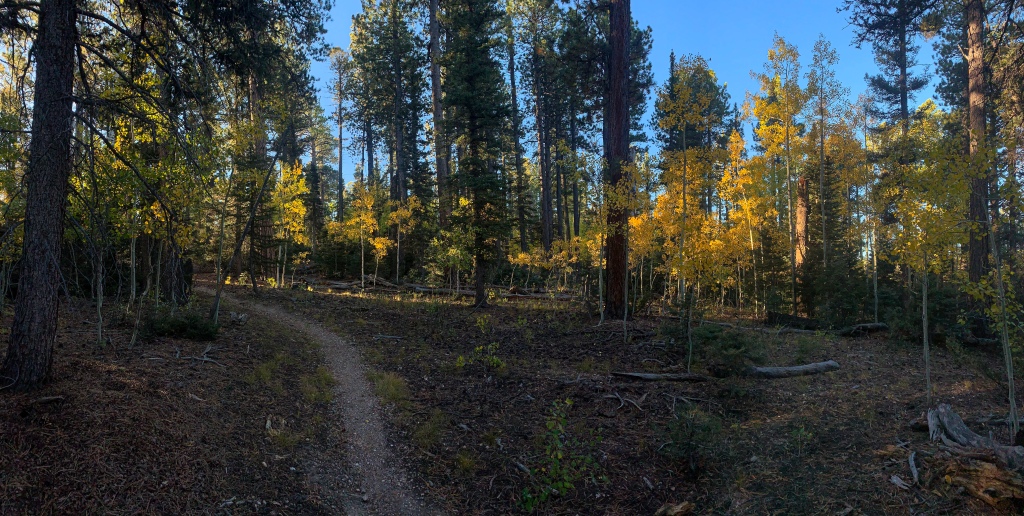
Arizona Trail, Passage 40
Kaibab National Forest
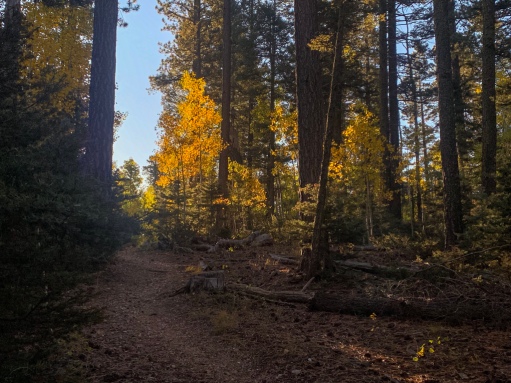
Arizona Trail, Passage 40 (Kaibab Plateau South)
Kaibab National Forest

Arizona Trail, Passage 40 (Kaibab Plateau South)
Kaibab National Forest
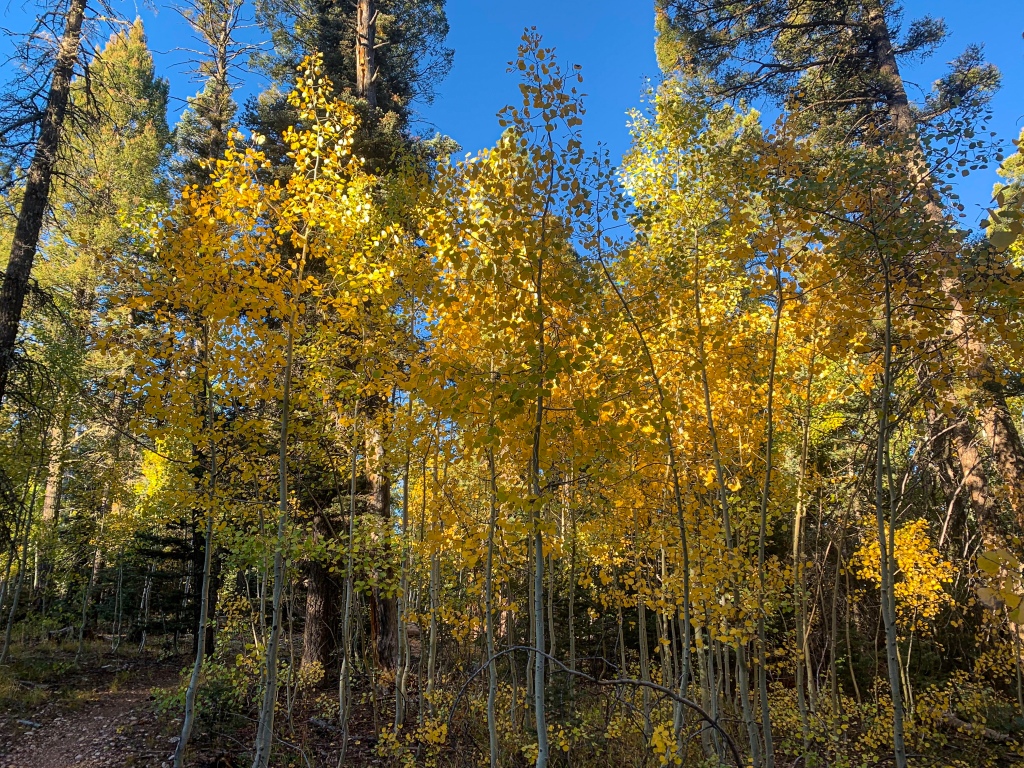
Arizona Trail, Passage 40 (Kaibab Plateau South)
Kaibab National Forest
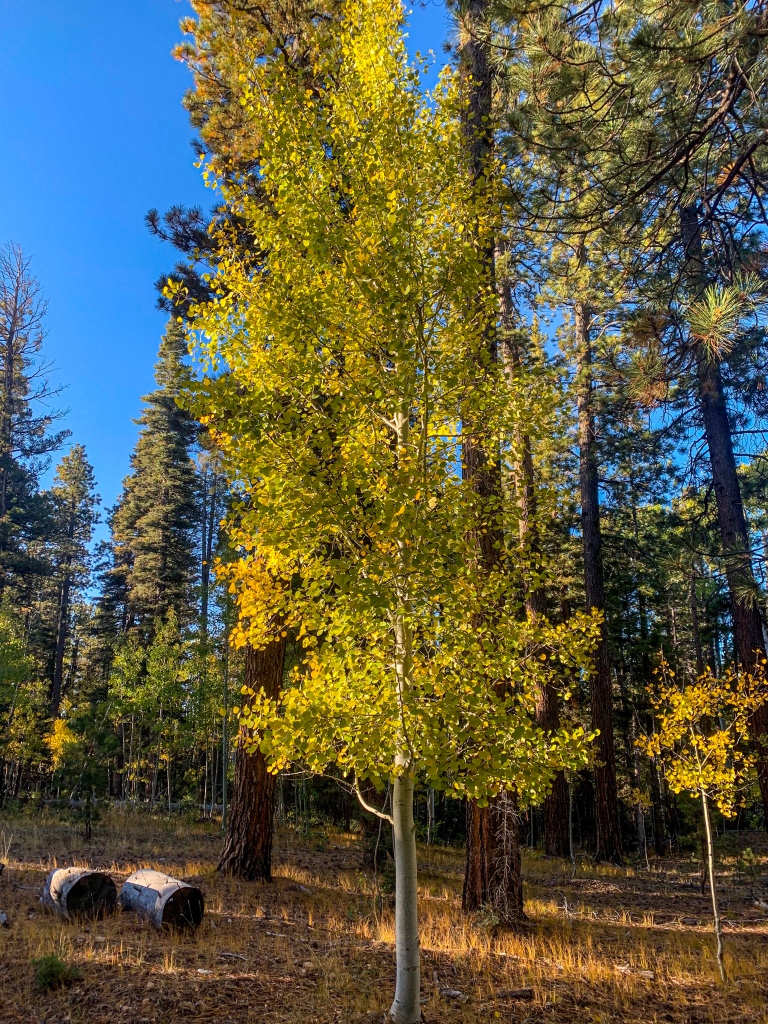
Arizona Trail, Passage 40 (Kaibab Plateau South)
Kaibab National Forest
Based on the tip I received from a nobo hiker yesterday, I hope to have service at the East Rim Overlook about 2 miles south of my campsite last night. Hiking south, the trail passes through even more glorious aspens as well as beautiful subalpine conifer forest on its way to the overlook. Logistics and ecological details follow the photos.
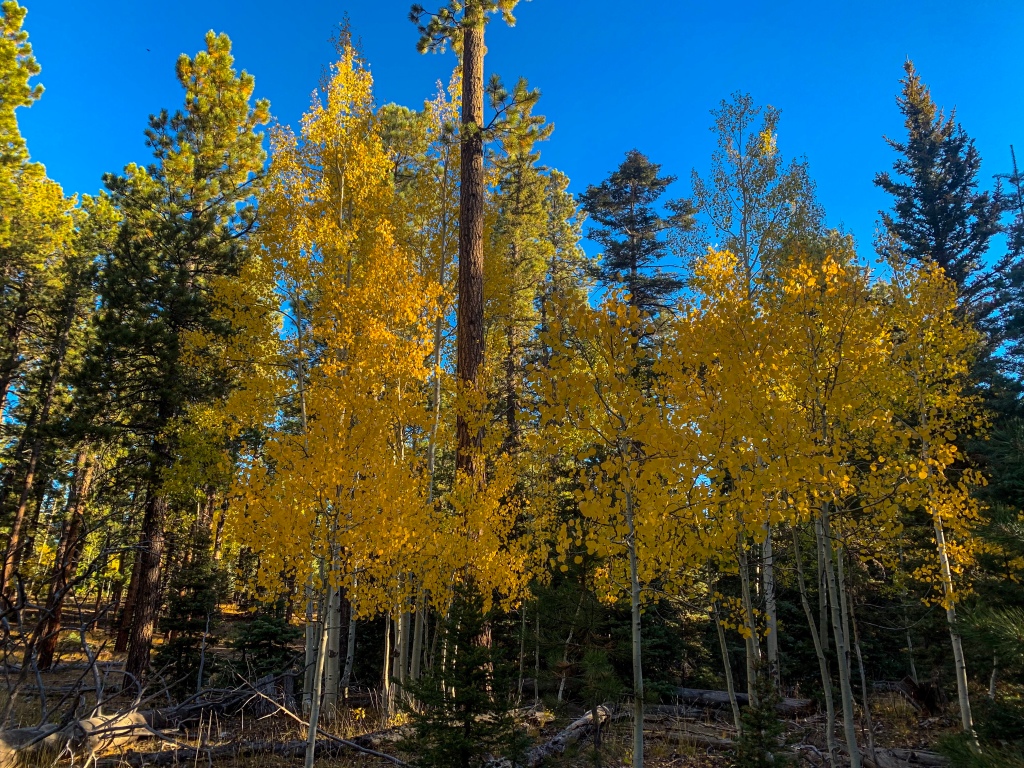
Arizona Trail, Passage 40 (Kaibab Plateau South)
Kaibab National Forest
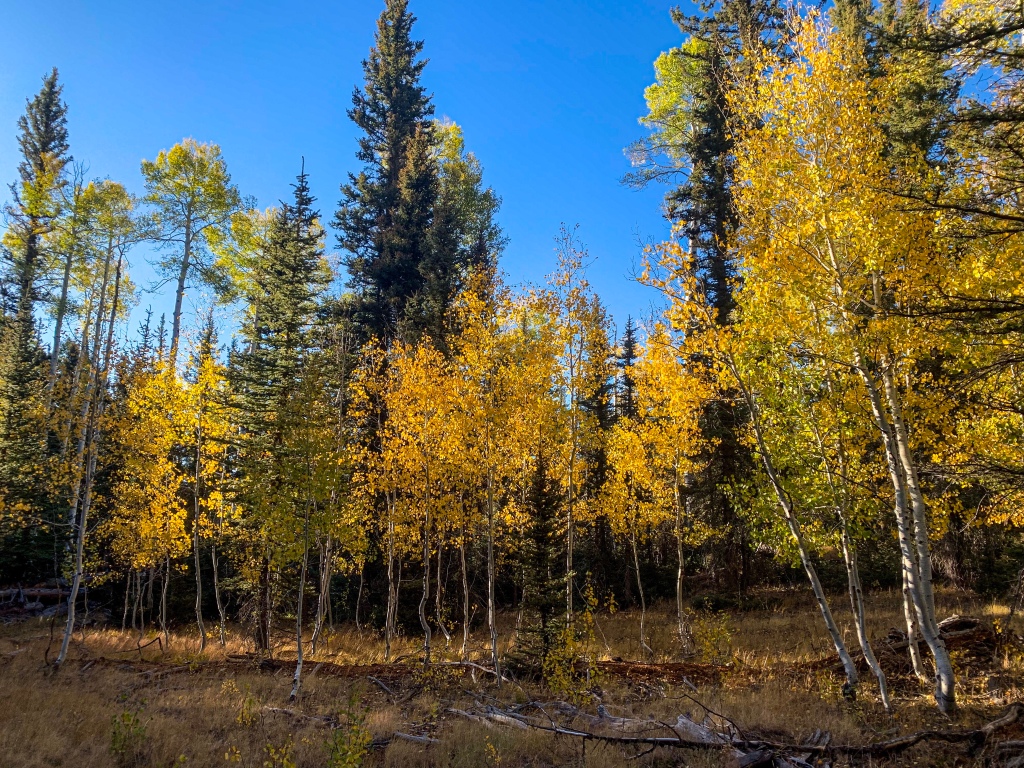
Arizona Trail, Passage 40 (Kaibab Plateau South)
Kaibab National Forest

Arizona Trail, Passage 40 (Kaibab Plateau South)
Kaibab National Forest

Arizona Trail, Passage 40 (Kaibab Plateau South)
Kaibab National Forest

Arizona Trail, Passage 40 (Kaibab Plateau South)
Kaibab National Forest

Arizona Trail, Passage 40 (Kaibab Plateau South)
Kaibab National Forest
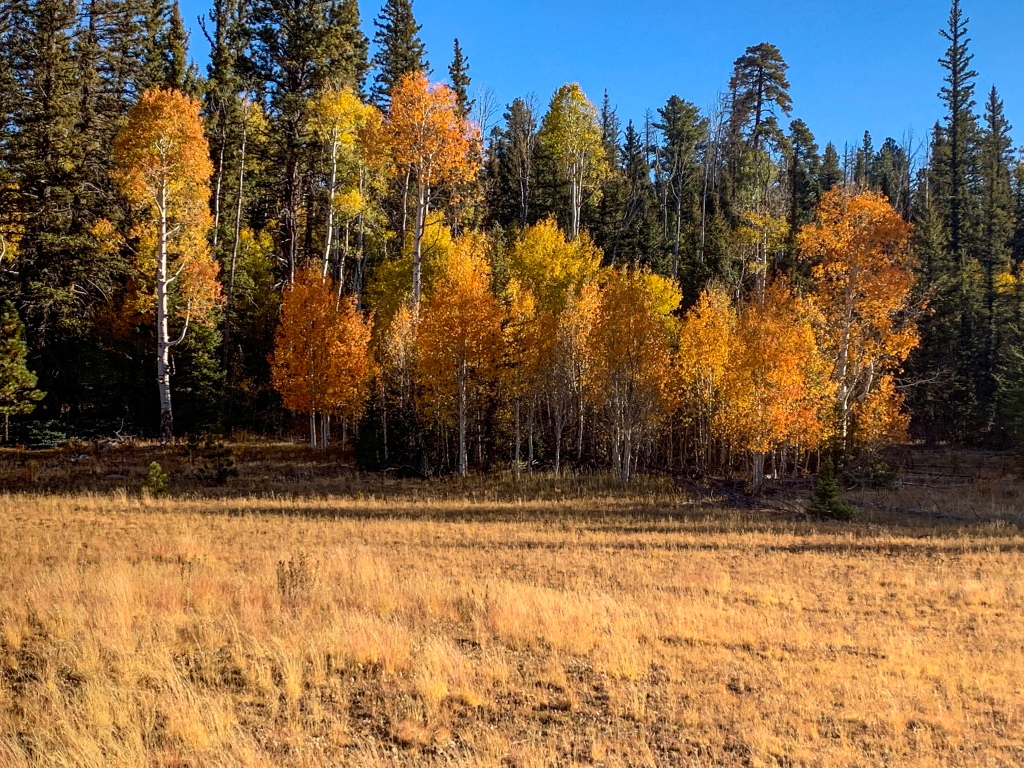
Arizona Trail, Passage 40 (Kaibab Plateau South)
Kaibab National Forest

Arizona Trail, Passage 40 (Kaibab Plateau South)
Kaibab National Forest

Arizona Trail, Passage 40 (Kaibab Plateau South)
Kaibab National Forest

Arizona Trail, Passage 40 (Kaibab Plateau South)
Kaibab National Forest
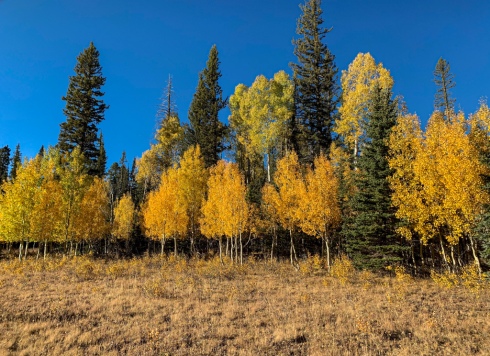
Arizona Trail, Passage 40 (Kaibab Plateau South)
Kaibab National Forest
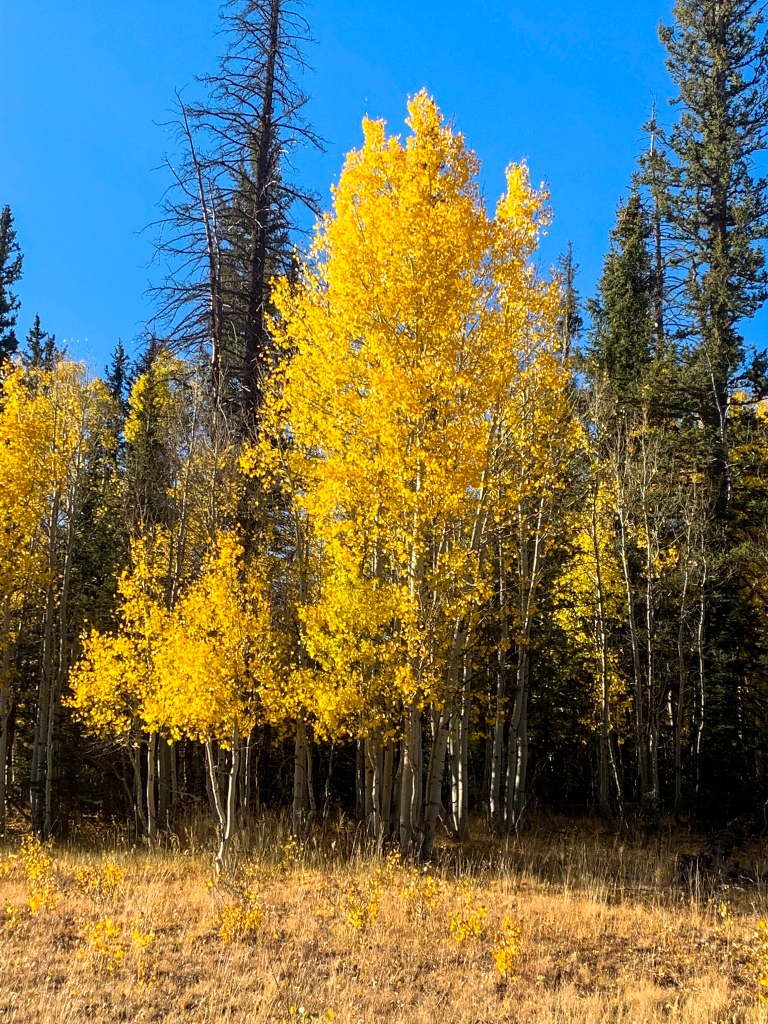
Arizona Trail, Passage 40 (Kaibab Plateau South)
Kaibab National Forest

Arizona Trail, Passage 40 (Kaibab Plateau South)
Kaibab National Forest

Arizona Trail, Passage 40 (Kaibab Plateau South)
Kaibab National Forest

Arizona Trail, Passage 40 (Kaibab Plateau South)
Kaibab National Forest
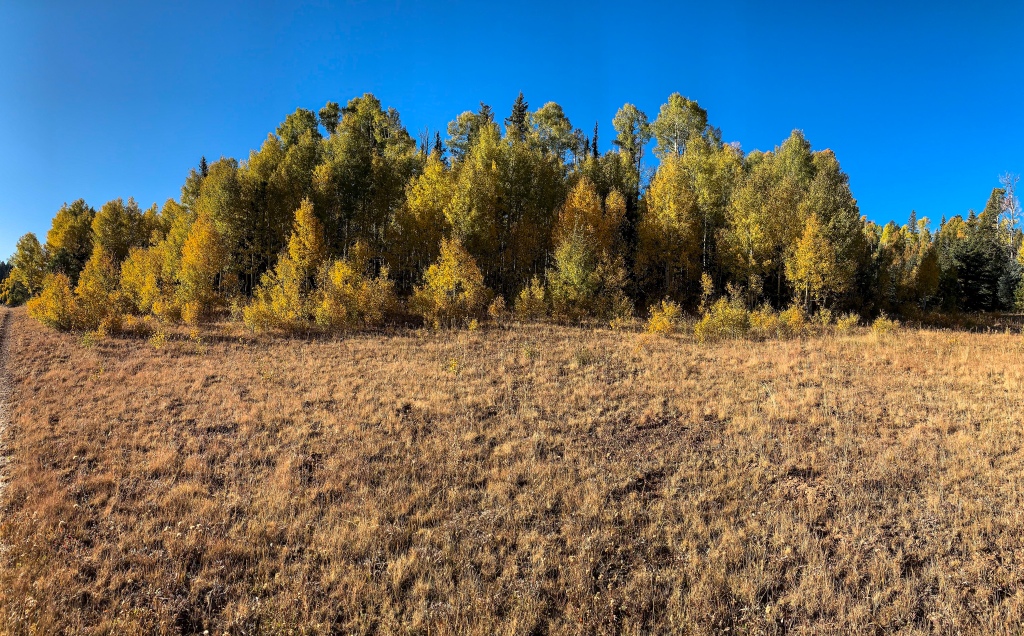
Arizona Trail, Passage 40 (Kaibab Plateau South)
Kaibab National Forest

Arizona Trail, Passage 40 (Kaibab Plateau South)
Kaibab National Forest
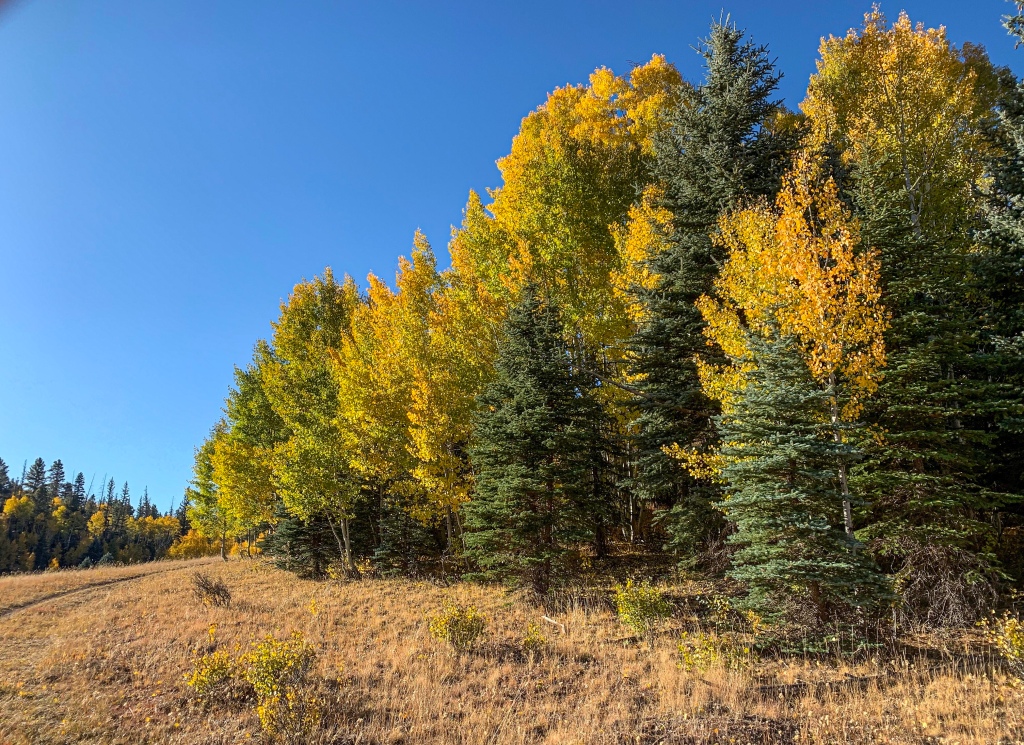
Arizona Trail, Passage 40 (Kaibab Plateau South)
Kaibab National Forest
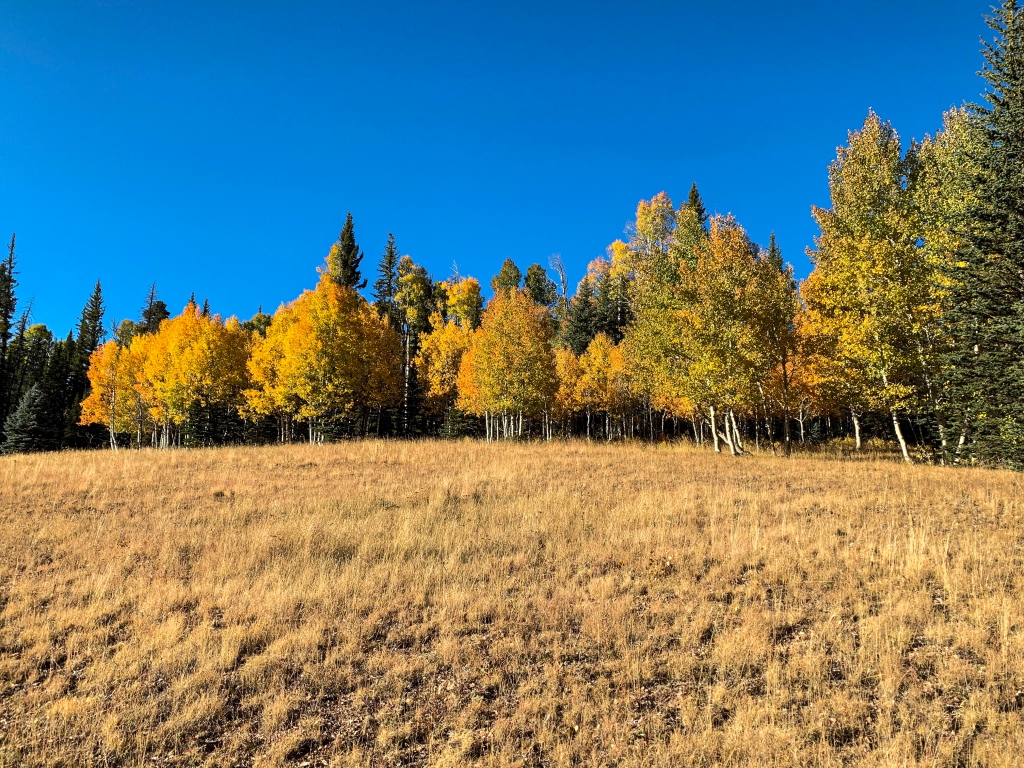
Arizona Trail, Passage 40 (Kaibab Plateau South)
Kaibab National Forest
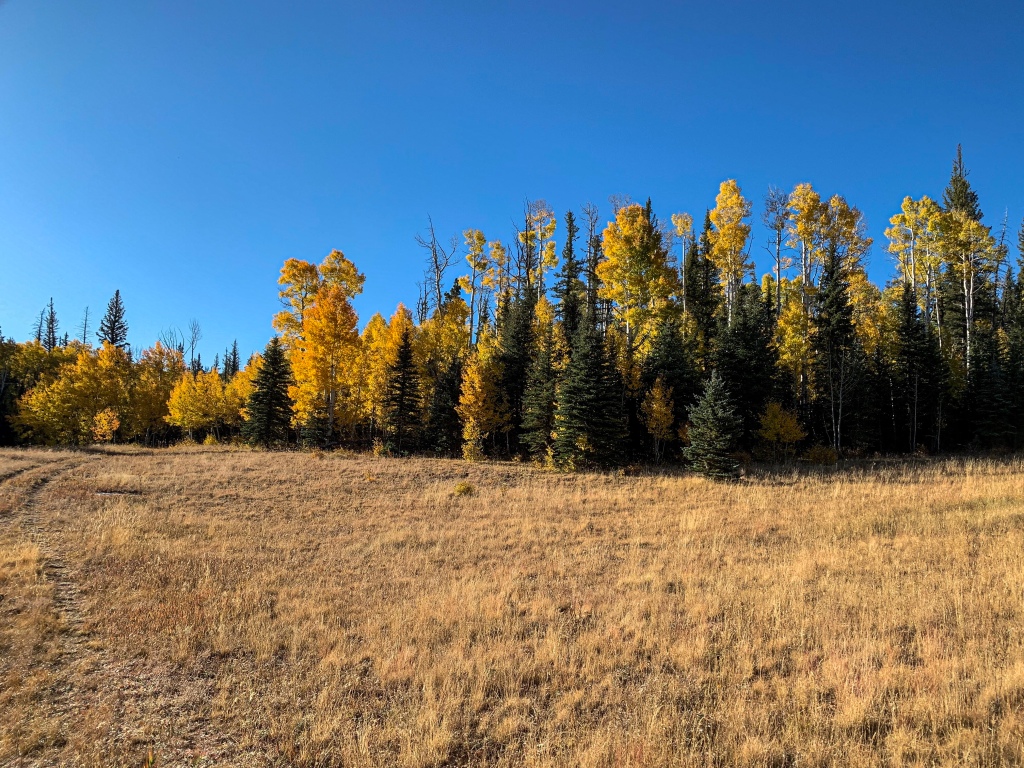
Arizona Trail, Passage 40 (Kaibab Plateau South)
Kaibab National Forest
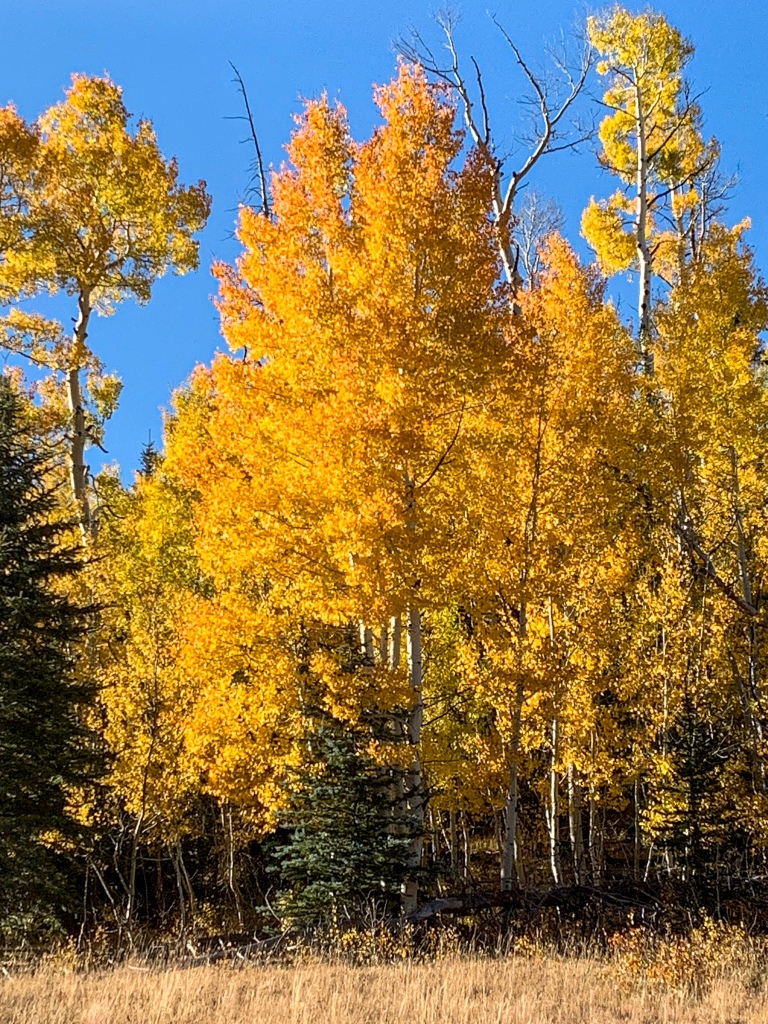
Arizona Trail, Passage 40 (Kaibab Plateau South)
Kaibab National Forest

Arizona Trail, Passage 40 (Kaibab Plateau South)
Kaibab National Forest
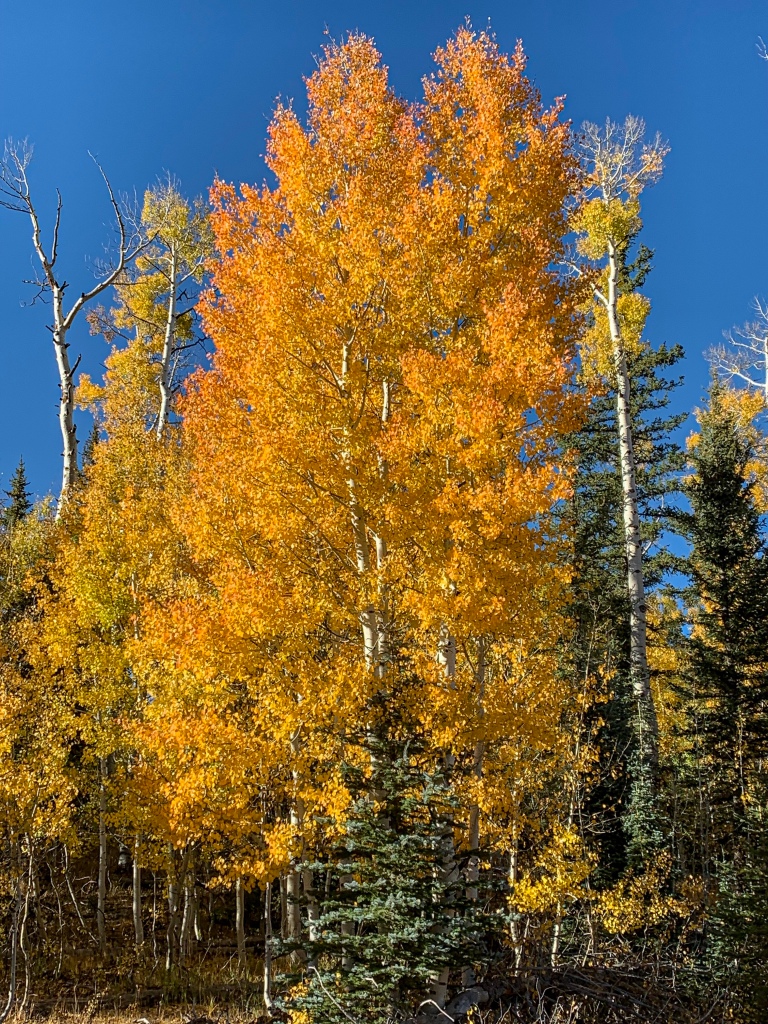
Arizona Trail, Passage 40 (Kaibab Plateau South)
Kaibab National Forest
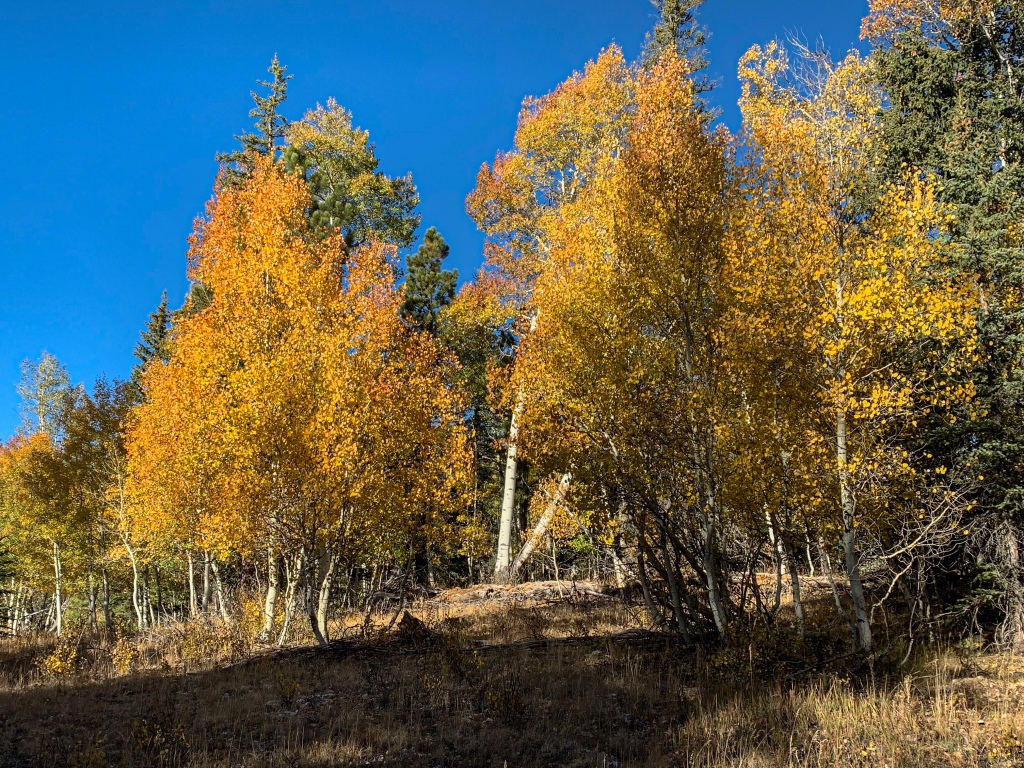
Arizona Trail, Passage 40 (Kaibab Plateau South)
Kaibab National Forest
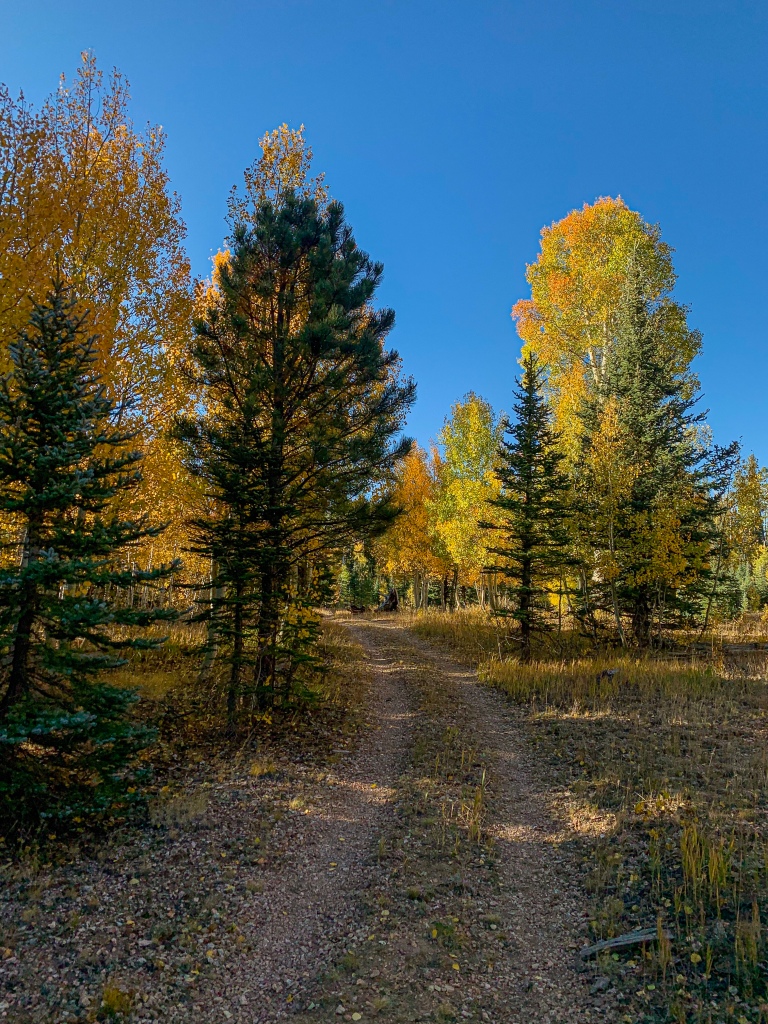
Arizona Trail, Passage 40 (Kaibab Plateau South)
Kaibab National Forest
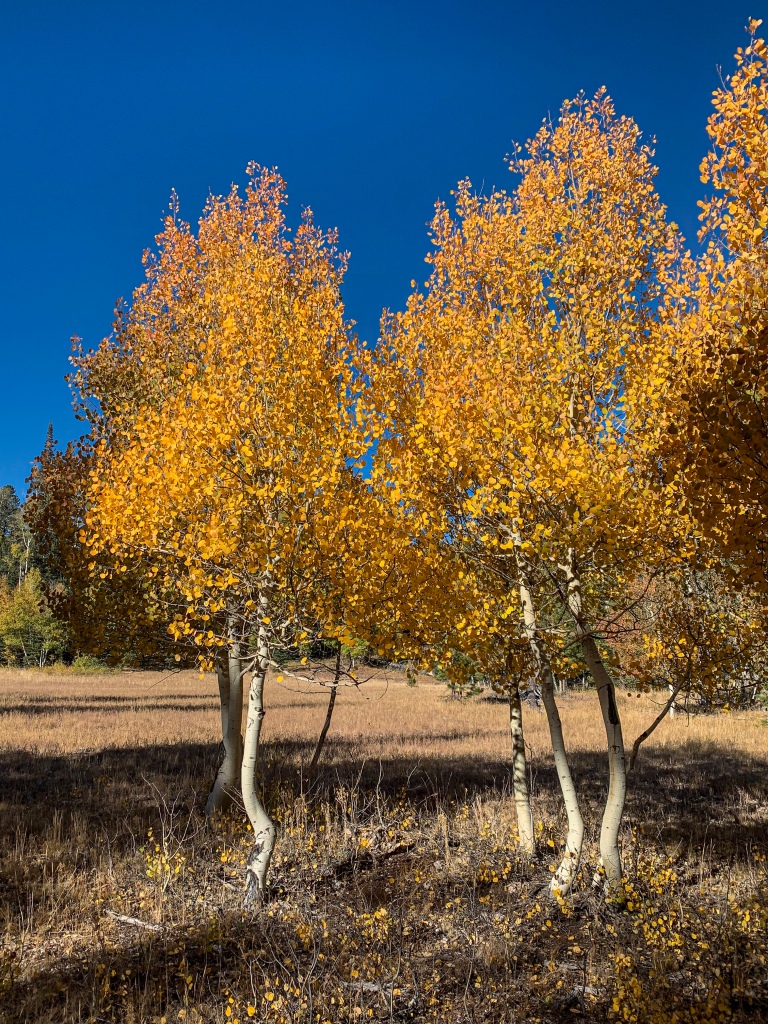
Arizona Trail, Passage 40 (Kaibab Plateau South)
Kaibab National Forest
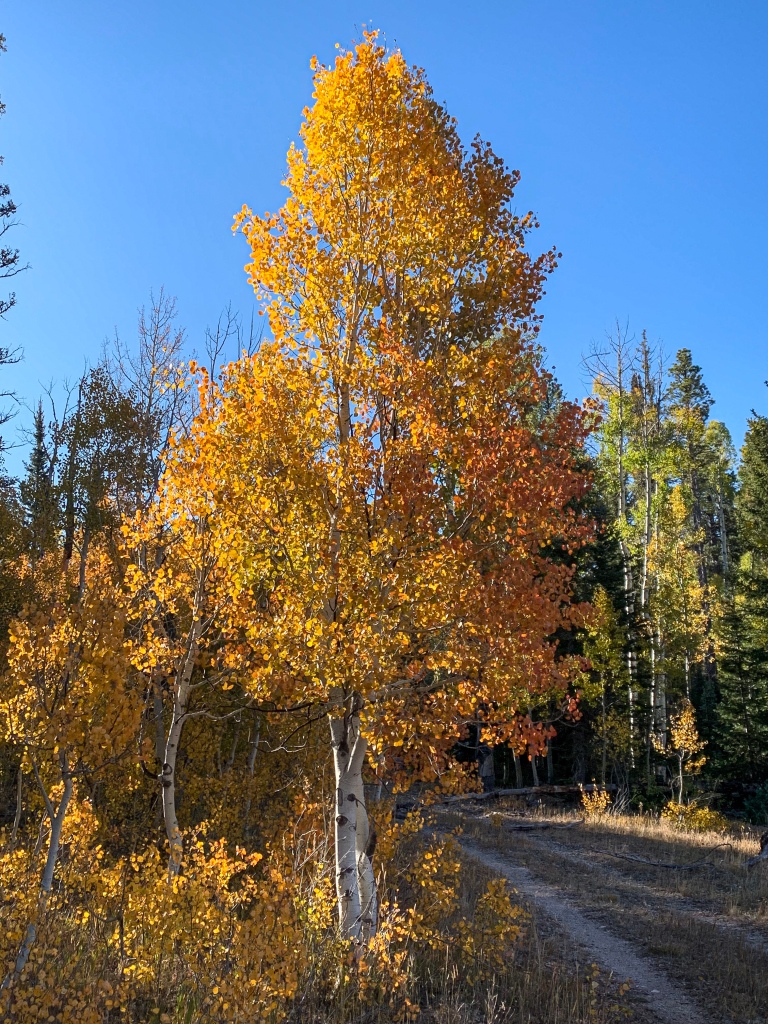
Arizona Trail, Passage 40 (Kaibab Plateau South)
Kaibab National Forest
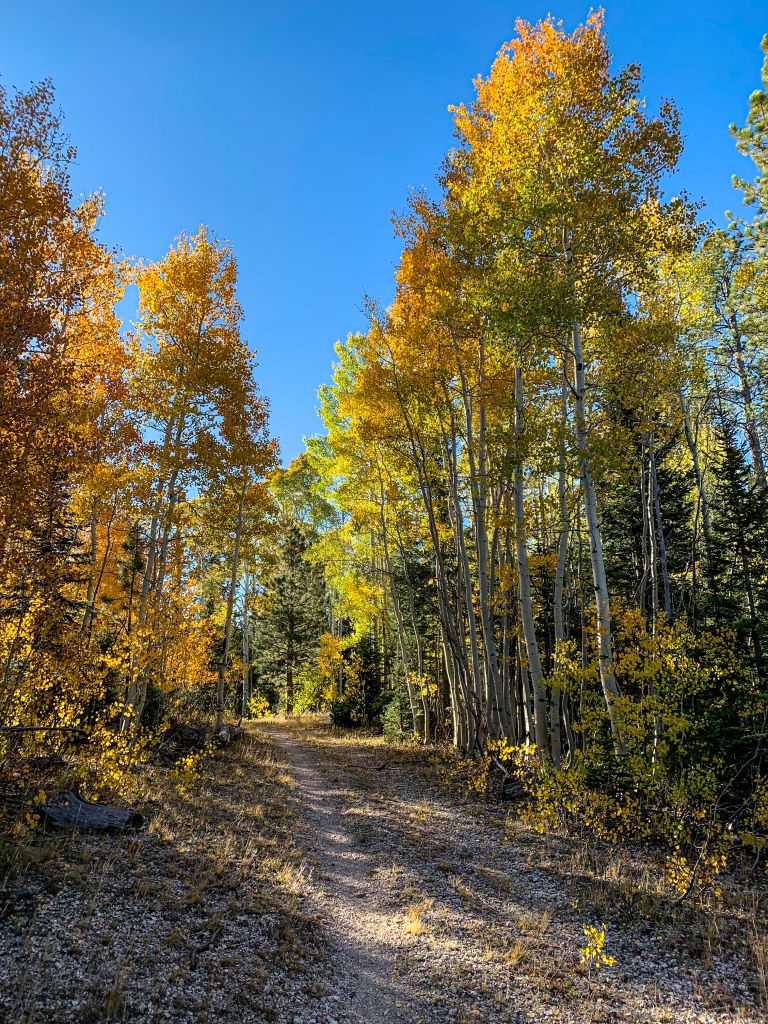
Arizona Trail, Passage 40 (Kaibab Plateau South)
Kaibab National Forest

Arizona Trail, Passage 40 (Kaibab Plateau South)
Kaibab National Forest
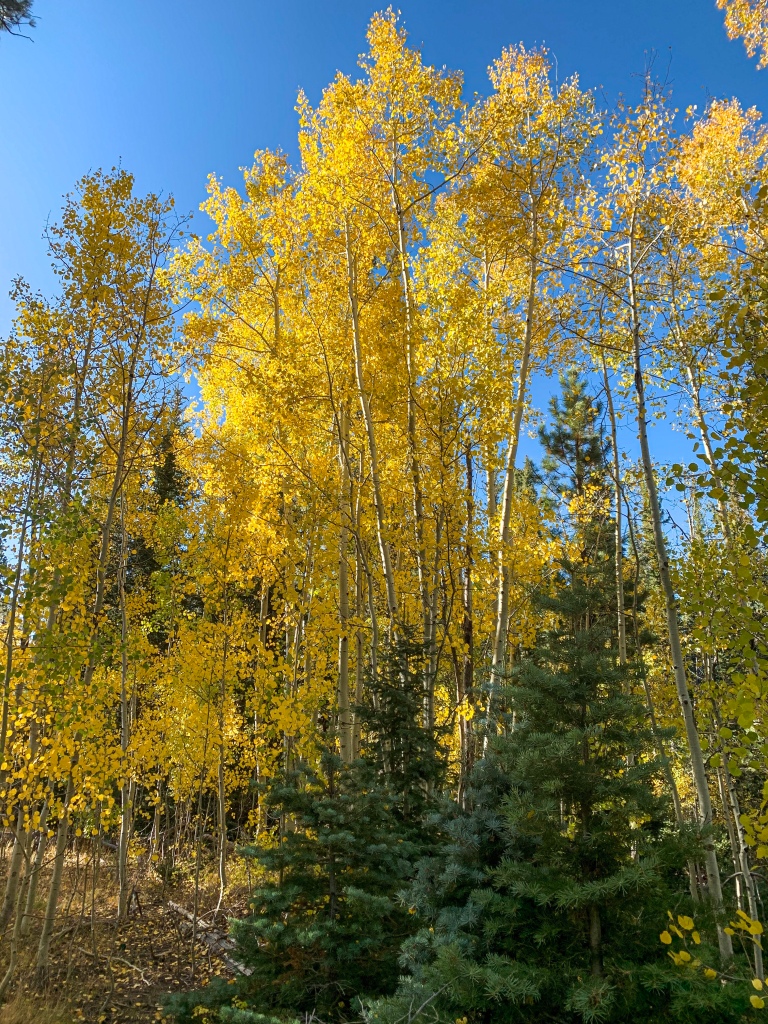
Arizona Trail, Passage 40 (Kaibab Plateau South)
Kaibab National Forest
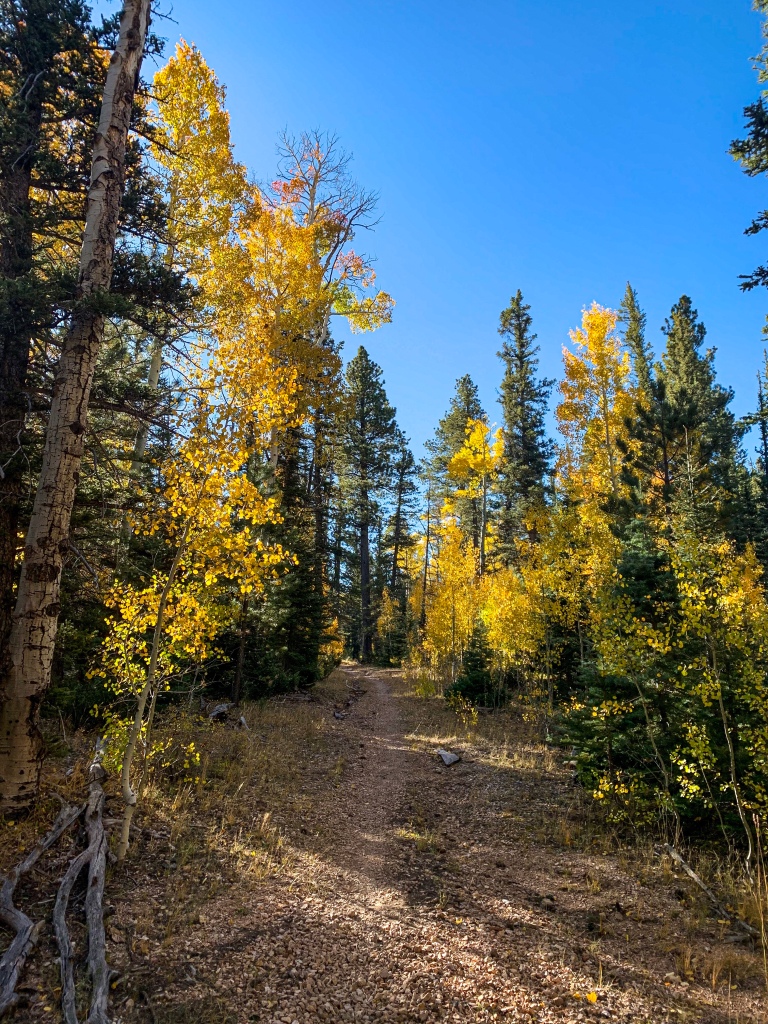
Arizona Trail, Passage 40 (Kaibab Plateau South)
Kaibab National Forest
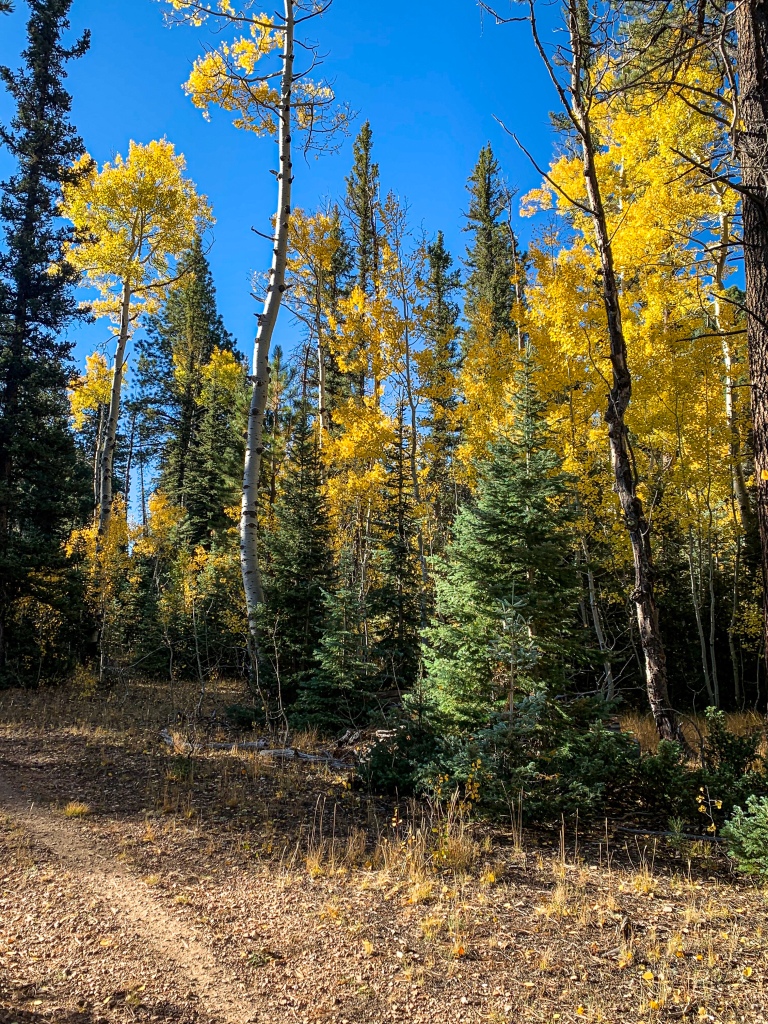
Arizona Trail, Passage 40 (Kaibab Plateau South)
Kaibab National Forest
The next entry will cover from the East Rim Overlook to about MM 61.2, including a brief detour to the North Rim Country Store.
Arizona Trail: Passage 40 Logistics
| Passage 40 (Kaibab Plateau South) | |
| AZTA Passage Info & Map | Arizona Trail, Passage 40 Passage 40 Map |
| Trail Surface | Dirt trail |
| Length (Mi) | 24.3 |
| Season | Spring-fall. No vehicular access to this section December-mid May. Feet of snow in winter. |
| Potential Water Sources | Crane Lake (mi 46.5 SOBO, 742.2 NOBO) Little Pleasant Valley Tank (mi 48.8 SOBO, 739.9 NOBO) Wildlife Drinker (mi 56.5 SOBO, 732.2 NOBO) Dog Lake (mi 56.6 SOBO, 732.1 NOBO) North Canyon Spring (mi 58.9 SOBO, 729.8 NOBO) Crystal Spring (mi 59.5 SOBO, 729.2 NOBO) Sourdough Well (mi 62.1 SOBO, 726.6 NOBO) Upper North Canyon Creek (mi 63.9 SOBO, 724.9 NOBO) Full AZTA Report: Arizona Trail Water Sources |
| Trailheads | North: Telephone Hill South: Grand Canyon National Park boundary |
| Trailhead Access | North: Vehicular access via FR 241 off AZ-67 South: Foot access only |
| Wilderness | No, but it can feel like it. Most hikers in the area stick to the national park. Or are passing through to reach routes in the national park. |
| Possible resupply points | North Rim Country Store & Meadow’s Edge Accessed via FR 216 at AZT MM 54.6 S/734.1 N |
| ATA-Rated Difficulty | Easy |
| Potential campsites (mileages S to N) | Various |
| Ecosystems Traversed | Great Basin Subalpine Conifer Forest Rocky Mountain Montane Conifer Woodland |
Arizona Trail: Passage 40 Ecology
| Rocky Mountain Montane Conifer Woodland | Great Basin Subalpine Conifer Forest | |
| Common Trees/Shrubs | * Ponderosa Pine * Southwestern white pine * Subalpine fir * White fir * Rocky Mountain maple * Bigtooth maple * Grey alder * Red birch * Red osier dogwood * Cliffbush * Mallow ninebark * New Mexican locust * huckleberry * bilberries | * Corkbark fir * Gambel oak * Quaking aspen * White fir * Blue spruce * Engelmann spruce * Buckwheats * Currants * Dwarf juniper * Elderberry * Fendler’s ceanothus * Greenleaf Manzanita * New Mexican locust * Perry’s rabbitbrush * Raspberry * smooth sumac * Snowberry |
| Common herbaceous plants | * fringed brome * Geyer’s sedge/elk sedge * Ross’ sedge * Bronze sedge/dry land sedge/hillside sedge/hay sedge/Fernald’s hay sedge * screwleaf muhly * bluebunch wheatgrass * Spruce-fir fleabane * wild strawberry/Virginia strawberry * Small-flowered woodrush * mountain sweet Cicely * bittercress ragwort * western meadow-rue * Fendler’s meadow-rue | * Bracken Fern * Buckwheats * Cinquefoils * Columbines * Fleabane daisies * Geraniums * goldeneye * Goldenrods * Groundsels * Hairy golden aster * Indian paintbrush * Lotus * Lupines * Meadow-rue * Parry’s bellflower * Peavine * Penstemons * Puccoon * Pussytoes * Thistles * Western & white prairie asters * Wild strawberry * Wormwood * Yarrow * Yellow hawkweed |
| Common Succulents | N/A | Prickly pear, occasionally |
| Aquatics | N/A | * Bulrush * Buttercups * Rushes * Sedges * Water plantains |
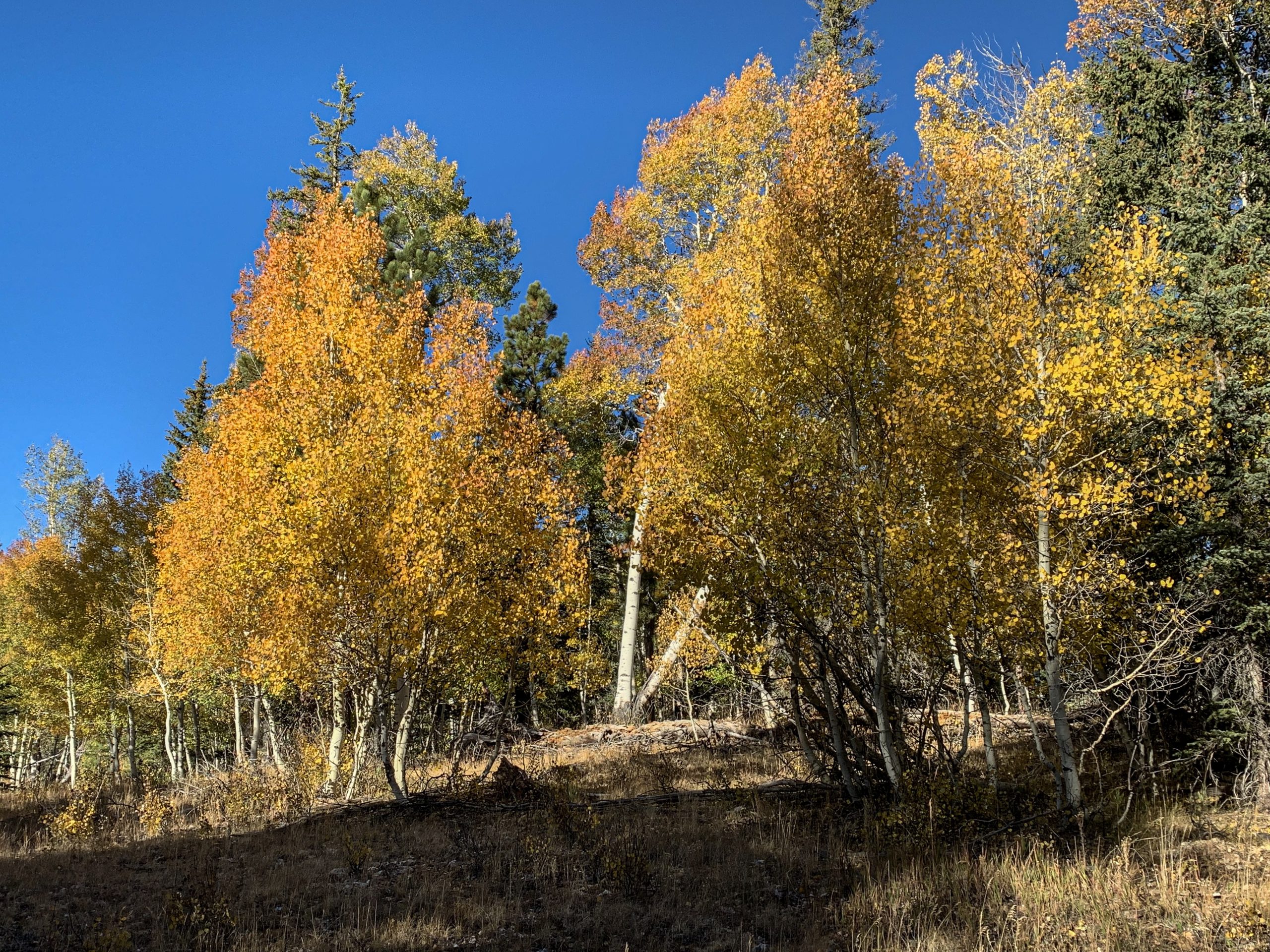
One thought on “Amazing, Spectacular Arizona Trail, Day 6: Upper Tater Canyon-East Rim Overlook”